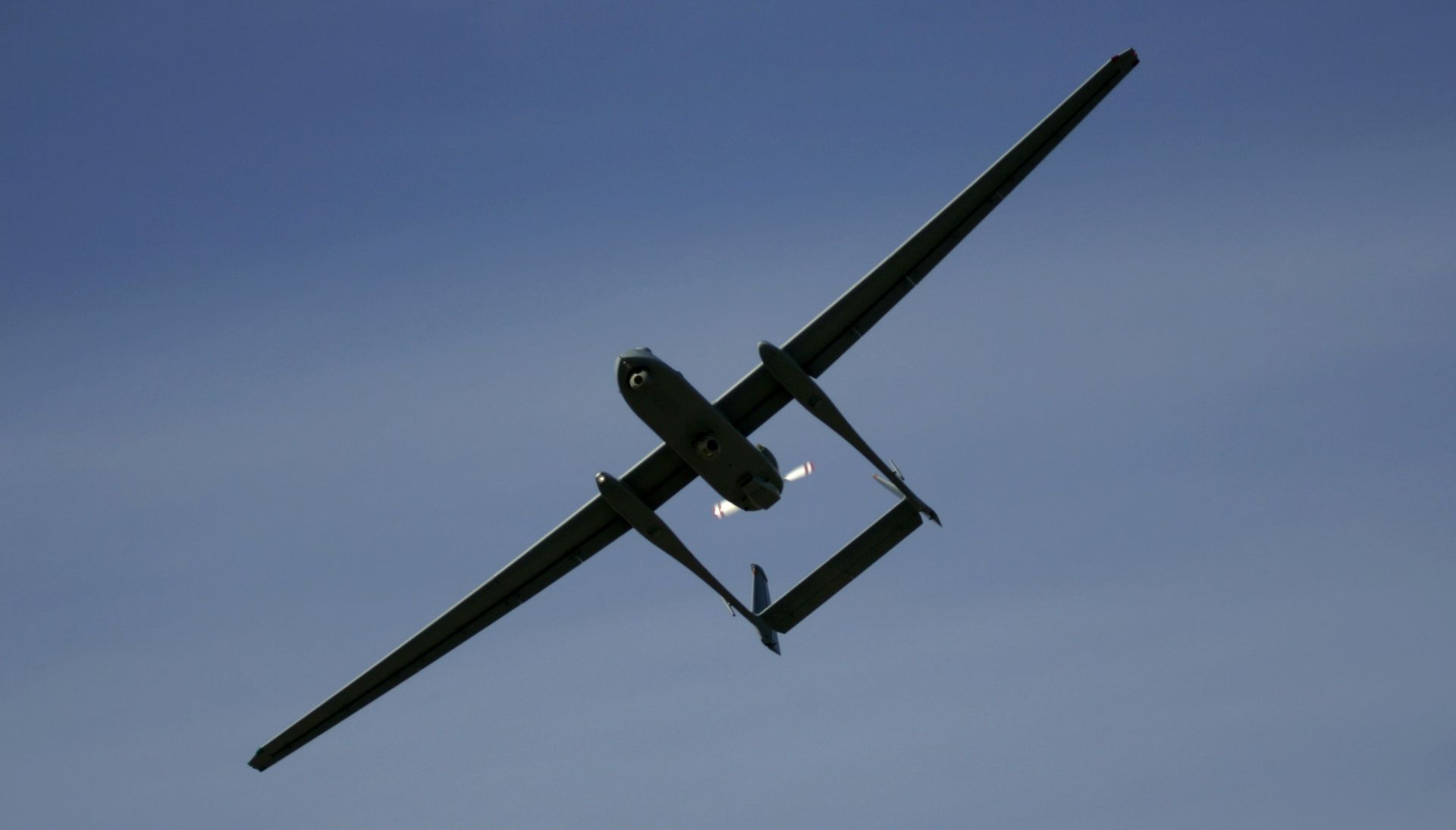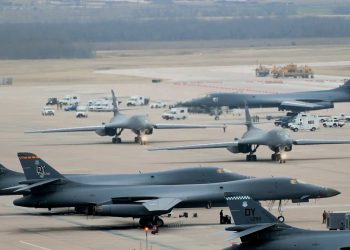, LONDON: The European military helicopter market is set to dwindle in size over the next ten years, but will still remain relatively large, and is valued at nearly $26 billion between 2006 and 2015. This is partly because a number of lucrative contracts are currently at delivery stage in a number of countries. The primary examples of this are the NH90, Tiger and EH101 programs, which have artificially inflated the value of the market. With the completion of these projects, the market will return to a more 'normal' level as the decade progresses.
Despite this reduction in size, the military helicopter market will be relatively healthy due to a number of new requirements, particularly in the naval market. These positive trends will be reinforced by the need to replace large numbers of surviving airframes dating from the 1960s and 1970s.
Frost & Sullivan find that the European Military Helicopter Market will earn revenues of $ 4.40 billion in 2006 and estimate that this will fall to $1.5 billion in 2015.
“The European military helicopter market will be determined by the demands of operations other than war (OOTW) for the next ten years,” observes Frost & Sullivan Defence Analyst Graham Cushway. “This generally means that they require a need for greater adaptability in terms of mission, and large carrying capacities. Subsidiary military helicopter markets, such as naval helicopters and attack helicopters will also be boosted by these requirements.”
OOTW are characterised by small numbers of troops being moved rapidly around large areas to deal with larger numbers of insurgents. Helicopters are usually the best way to achieve this, being faster moving than ground vehicles and avoiding the hazards posed by improvised explosive devices (IEDs).
At the same time, OOTW pose new problems in terms of military helicopter design, as they need to be reconfigurable for roles such as humanitarian aid and reconstruction, which require greater carrying capacities than simple troop transport aircraft.
A major restraint in the market is that military budgets are shrinking, particularly in terms of maintenance and ground staff. This means that new military helicopter designs have to allow for a higher level of maintainability and ease of repair than would previously have been the case.
Market participants need to educate end users and develop solutions that can bridge gaps in customer's communication needs while meeting the growth requirements of an enterprise. By fulfilling these consumer requirements, participants can expect steady demand in the future. The deregulation of markets and the privatisation of incumbent carriers combined with the availability of feature-rich hosted IP telephony platforms will also support revenue growth in this market.
Moreover, in the current helicopter market, airframes are expected to greatly outlast mission systems through upgrades. This means that modern military helicopters might last 40 years, and less platforms need be purchased as a result.
“An approach to airframe design which favours ease of upgrade by the incorporation of numerous commercial off-the-shelf (COTS) products into mission systems will encourage sales,” advises Mr. Cushway. “A priority in terms of military budget is to reduce the maintenance and logistic footprint for their forces, which means that helicopters need to be easy to maintain, with simpler models such as the NH90 enjoying a significant market advantage over the more complex V-22 and EH101.”
European Military Helicopter Markets 2006 – 2015 is part of the Aerospace and Defence Subscription, which also includes research in the following markets: The US, UK and Scandinavian Defence Logistics Markets, US and European Naval Markets and US and European Training and Simulation. All research included in subscriptions provides detailed market opportunities, and industry trends that have been evaluated following extensive interviews with market participants. Interviews with the press are also available.
Frost & Sullivan, a global growth consulting company, has been partnering with clients to support the development of innovative strategies for more than 40 years. Frost & Sullivan serves an extensive clientele that includes Global 1000 companies, emerging companies, and the investment community.
Beijing slams US over potential Chinese drone ban
China said on Friday it would take "all necessary measures" in response to the United States announcing it was considering...








